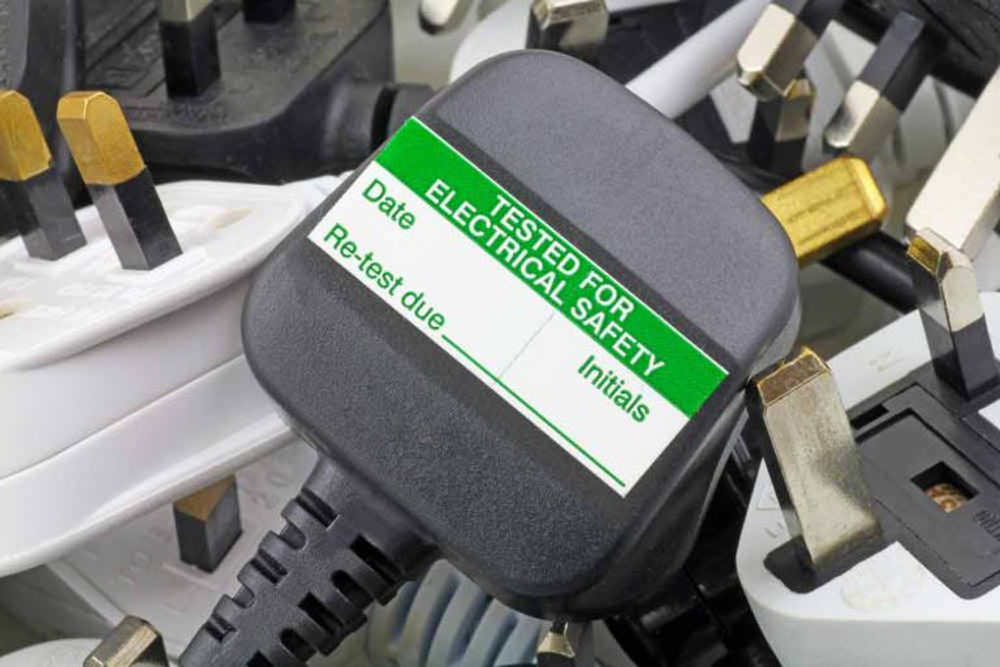Have you ever wondered how businesses ensure the safety of their electrical equipment? Testing and tagging might not be the most glamorous aspect of a business. Still, it’s crucial for maintaining safety standards and ensuring compliance. This process involves inspecting and testing all electrical appliances in a workplace to ensure they are safe. But why is it important and what role does it play in a business environment? Let’s explore the significance of testing and tagging services and how they contribute to a safer workplace.
Prevention Of Electrical Hazards
One of the primary benefits of regular testing and tagging is the prevention of electrical hazards. This procedure helps identify faulty equipment before it can cause harm. Faulty electrical equipment can lead to severe consequences such as electric shocks, burns and even fire outbreaks. Regular testing identifies potential dangers before they can cause harm, protecting employees and visitors from serious injuries and protecting workplaces from costly damages and legal liabilities.
Compliance With Safety Regulations
Testing and tagging are not just about maintaining safety; it’s also a legal requirement in many industries. Regular electrical safety inspections ensure that businesses comply with national safety regulations, which can vary from one region to another. Compliance is about avoiding legal penalties and affirming a company’s commitment to safety. It demonstrates a proactive approach to workplace safety, helping businesses maintain a positive reputation among clients and stakeholders.
How Often? For Electrical Testing And Tagging
Businesses should typically conduct testing and tagging procedures at intervals determined by the type of environment in which the electrical equipment is used. For general office environments, testing every five years is common. In contrast, more hazardous environments like construction sites might require testing as frequently as every three months. We can advise the required testing frequency for your specific work environment. Regular testing ensures ongoing compliance with safety standards and helps maintain a safe working environment.
Enhancement Of Equipment Efficiency And Longevity
Regular testing and tagging also enhance the efficiency and longevity of electrical equipment. When appliances are checked and maintained regularly, potential issues can be addressed before they lead to bigger problems. This helps extend the equipment’s life and ensures that it operates optimally. Businesses can avoid the extra costs associated with premature equipment failures and replacements, ensuring a better return on investment.
Risk Management And Insurance
From a risk management perspective, regular testing and tagging are vital. It helps businesses identify risks associated with electrical appliances and take appropriate measures to mitigate them. Furthermore, many insurance companies require evidence of due diligence, such as testing and tagging records, when processing claims related to electrical faults. By maintaining up-to-date testing and tagging records, businesses can expedite insurance processes and benefit from lower premiums due to reduced risks.
Promotion Of A Safety Culture
Regular testing and tagging procedures also promote a safety culture within the organisation. It sends a clear message to the employees that their safety is a priority, which can increase morale and productivity. Employees who feel safe are more likely to be engaged and motivated. Furthermore, a strong safety culture can enhance the company’s image and make it a more attractive workplace, aiding in talent acquisition and retention.
Facilitation Of Asset Management
Finally, testing and tagging provide an excellent opportunity for effective asset management. Each piece of equipment is catalogued and recorded in a database during testing. This record includes details such as the equipment description, the date of the last test and the due date for the next test. This information is invaluable for tracking the status and location of equipment, planning for future capital expenditures and ensuring that all assets are accounted for and in good working condition.
Empower Your Business With Reliable Electrical Safety Inspections
Testing and tagging services are more than just a regulatory compliance requirement; they are critical to workplace safety and operational management.
At O’Brien Electrical Camberwell, we understand the importance of these processes in ensuring the safety, compliance and efficiency of your business operations. We offer comprehensive electrical safety inspections and tagging services tailored to your business’s needs. Choose us for reliable and professional services to comply with regulations and enhance the overall safety and efficiency of your electrical systems. Remember, a proactive approach to electrical safety can save lives and resources. To ensure your business is up-to-date with its testing and tagging obligations, contact us today.




